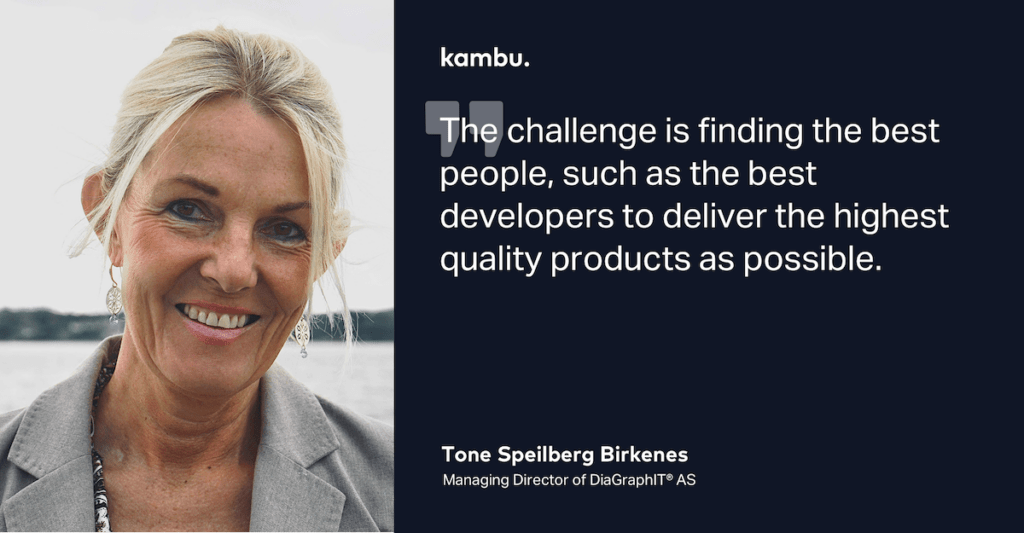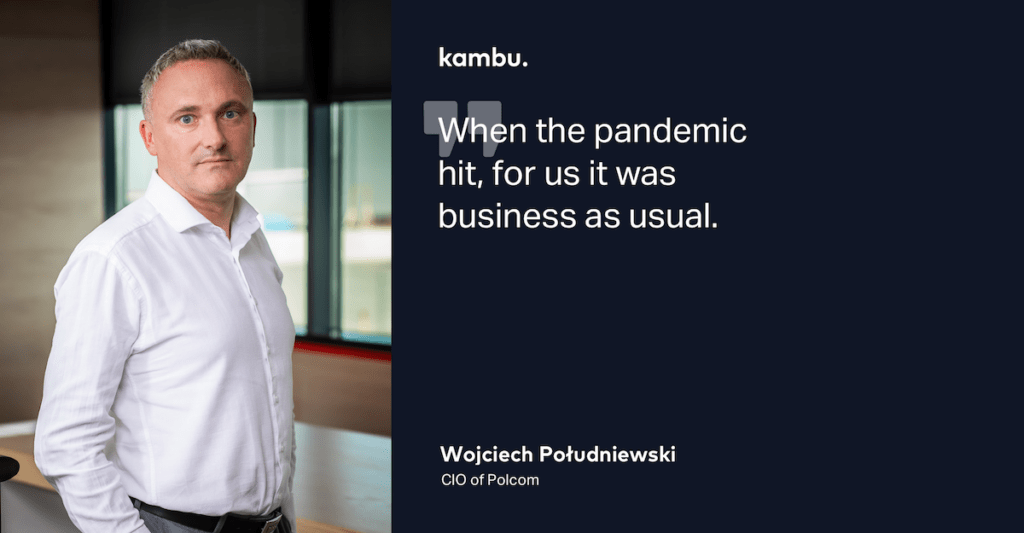Table of Contents
The Covid-19 pandemic profoundly affected (and still affects) human lives and businesses worldwide. It is also a very challenging moment for tech leaders, who are confronted with new and renewed questions by the minute. Motivated by this challenge, we talked with two Kambu partners and heard surprising stories about challenges and lessons learned during the pandemic.
Complex Big Picture
The Covid pandemic was the biggest economic concern to executives for almost the entirety of 2021, according to a report from McKinsey.
The situation only changed in October, when supply-chain disruptions and inflation took over as the most mentioned potential risks by the majority of 900 respondents.
IT has an atypical place in the economy, however, and was much less affected than many sectors. Gartner projects worldwide IT spending to keep growing: 9.5% in 2021, and then 5.5% in 2022, to $4.5 trillion.
Digital Resiliency for IT Tech Leaders
This investment in IT can be related to a core idea: digital resiliency.
As defined by IDC (International Data Corporation), digital resiliency is “the ability for an organization to rapidly adapt to business disruptions by leveraging digital capabilities to not only restore business operations but also capitalize on changed conditions.”
And this year we saw great examples of digital resiliency from our partners. “It is always inspiring to hear from fellow leaders and learn how they resourcefully were able to thrive even in difficult moments,” says Jarek Urbanik, CEO of Kambu.
We share two of these stories below.
Unexpected Challenge: Finding People

DiaGraphIT® is a Norwegian software company specialized in enhancing healthcare backed by their platform GoTreatIT®, which collects and displays specific and relevant clinical information to patients and healthcare professionals.
Like many businesses, they were very pessimistic at the beginning of the pandemic.
“We were predicting that people would lose their jobs. But, luckily, what came after some months was completely the opposite,” remembers Tone Speilberg Birkenes, Managing Director of DiaGraphIT®.
Acting as the head of the regional ICT cluster Digin, Tone could clearly see a push towards digitalization. New clients were eager to start projects, noticing the benefits of having and optimizing data.
This demand surge meant pressing additional workload – and hiring good professionals can be hard and costly. In her case, she was able to hire well for DiaGraphIT® by getting involved herself and spending extra time in the hiring process.
“Now we look back and notice that the challenge was finding the best people, such as the best developers to deliver the highest quality product possible,” she says.
How Being Remote-Ready Protected Polcom

Polcom Group manufactures modular building systems and interiors for many industries, from hospitality to residential, worldwide.
Back in early 2020, Polcom was already 100% ready for remote work. All systems were in the cloud, and staff had laptops with network security in place. That put Polcom in a safeguarded position. “When the pandemic hit, for us it was business as usual,” explains Wojciech Południewski, CIO of Polcom.
Many businesses, big and small, started struggling to make sense of all changes that remote work entails. And that, during a time when stress levels were at a record high. Polcom’s operations, however, were only slightly affected, allowing the company to not lose its focus.
That doesn’t mean no adaptations were necessary.
Pre-pandemic, clients would visit on-premise their three factories in Poland. Travel restrictions meant that those visits were not possible anymore, so the company adopted live video demonstrations as an alternative. It turned out to work really well, and they were commended for being prepared.
“We got a lot of positive feedback that we were able to organize those things quickly,” remembers Wojciech.
IT Tech Leaders – Conclusion
It can’t be said enough: we can measure the economic impact, but the human loss is irreparable. The Covid pandemic has put an immense strain on health systems, economies, and businesses alike.
The only safe prediction for the post-pandemic future is that many things won’t be the same. One more reason why it’s always refreshing to hear testimonials of leaders who procured success despite a challenging scenario. We can learn and maybe be more ready than ever to adapt.



